US Forest Service Scientist Says Writers Help Gather “Cultural Data” on our Relationship With the Natural World
/Today, there is a great interview out with Fred Swanson in the current issue of Terrain.org.
Who is Fred Swanson you ask? Yes he is a retired U.S. Forest Service scientist and yes he is a Forest Ecology Professor at Oregon State University (OSU), but he is also a key figure in the Spring Creek Project for Ideas, Nature, and the Written Word. This is a program I have been following since 2006 and greatly admire for their commitment to bring together "the practical wisdom of the environmental sciences, the clarity of philosophical analysis, and the creative, expressive power of the written word, to find new ways to understand and re-imagine our relation to the natural world."
In April of 2012, I went to OSU to interview the Director of the Spring Creek Project, Charles Goodrich. I wanted to know how to fund such a long-term interdisciplinary project. Charles talked a lot about Fred Swanson and his enthusiasm for having writers as part of the inquiry process and about Swanson's personal commitment to writing the arts into scientific funding proposals for his work at the H.J. Andrew Experimental Forest. We also talked about what Swanson calls "pre-relevant" research - looking at the whole now (rather than just the specific) because it may become relevant one day in the future.
In the Terrain.org interview Swanson notes:
"Another thread of inspiration came from working in the ecosystem team at Andrews Forest in the 1970s as we did our irrelevant (actually pre-relevant) studies in old growth, which became hyper-relevant more than a decade later in the convulsive changes in federal land forestry. So, just as we built capacity in science, community, and storytelling about native forests in the 1970s, we may be building capacity in the form of an expanded community whose members are inquiring about the natural world, a capacity that may become exceedingly relevant if and when society again re-imagines its relationship with federal forest lands."
Terrain interviewer Andrew Gottlieb will moderate a panel "Artists in the Old-Growth" with Alison Hawthorne Deming, Fred Swanson, Charles Goodrich and Spring Creek Project Founder, Kathleen Dean Moore at the upcoming AWP conference in Seattle on February 27, 2014. If you are in Seattle for this - go see it!






